Surviving the last flight of Short Sunderland 1714RB-N
By Willie Bodenstein
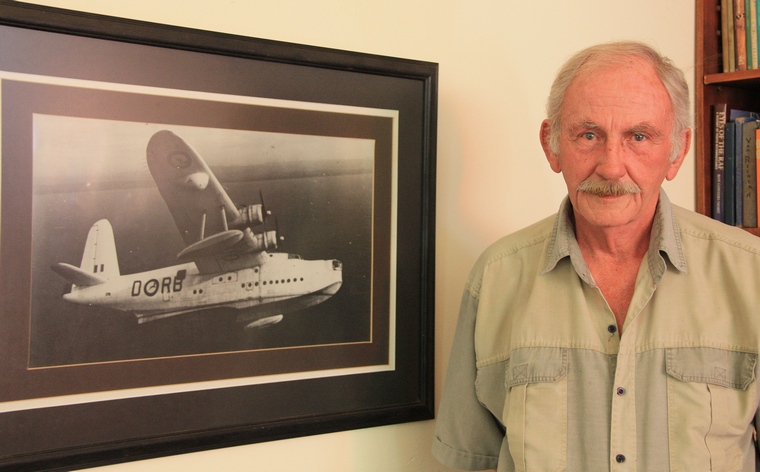
Henry van Heerden then a few weeks short of his nineteenth birthday vividly remembers that fateful morning of the 2 November 1956 when something terribly went wrong. The Sunderland hit the water, having dropped some 50 or 60 feet. The impact was so severe that the aircraft was flung back into the air before bouncing again heavily. The roar of its four Pratt and Whitney radials filled the dark sky filled with streaks of lightning.
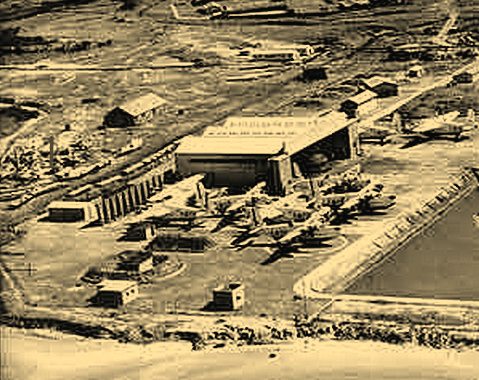
One of only three Sunderland's still in service with the SAAF RB-N had taken off that morning from Durban Harbour on what was to be a routine radar navigation exercise. The flight was to take them to Antananarivo the capital of Madagascar but because of political pressure the flight plan was changed to Europa Island, a small pin prick on the map midway between the African Continent and Madagascar 1,200 km away from Durban.
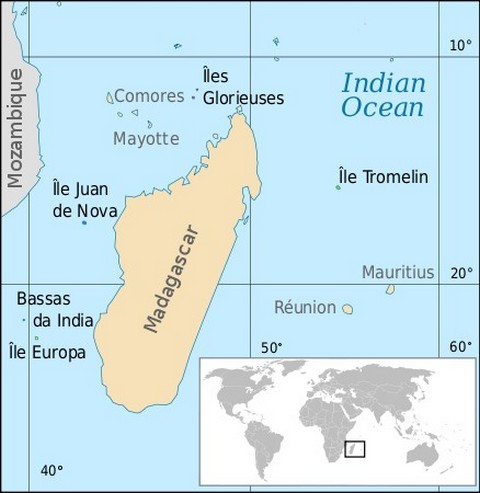
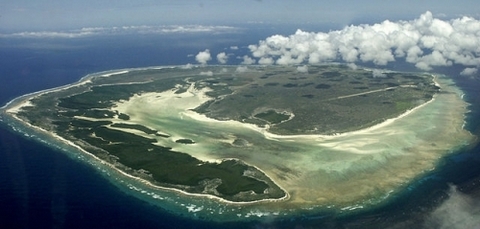
RB-N was the first of the flight of three Sunderlands to take off. In command was the now deceased Commandant Thys Uys the Officer Commanding 35 Squadron. Commandant Uys was well was well known for his exploits on the Skeleton Coast with a Ventura Bomber at the wreck of the Duneden Star and the arrest, at sea, of a German Armed Raider in the Atlantic during WW 2 while flying a Maryland. The Pilot that fateful night was Capt. John Naudé (deceased), an ex-Korean War, 2 Sqdn. Mustang fighter pilot who had been on 35 Sunderland Squadron for a number of years and who had command on this aircraft type.
Other members of the crew were the two navigators, Lt. Chris Mulder, the Lead navigator of the Squadron and Lt. De Wit who was killed in the accident. Two flight engineers, one of whom was P.G. Ford and four radio/radar operators, namely Jan Knoll (deceased), Miles Moody, who did not survive the accident, Roy Albrecht and young Henry completed the Sunderland's compliment of ten.
The out-bound flight was uneventful and routine until as they approached the vicinity of the island when fate was to deal them a horrible hand and their radar failed. Had they kept to the original flight plan over Madagascar they would have had some visual fixes but flying over the open ocean mottled by the shadows of huge towering Cumulus clouds and covered in haze and to due numerous course changes to avoid waterspouts erupting from the stormy sea they could not find the island. A creeping-line-ahead search was instituted, with no success. Meanwhile, the other two aircraft, with serviceable radar, had little bother in reaching the target on schedule. Having done so, they set course homeward for their home base at Lake Umzingazi near St. Lucia. RB-N continued with their search pattern until late in the afternoon and with little chance of finding the tiny island Commandant Uys decided to abandon the exercise and decided to fly back to Durban and to follow the coast north again to Richardsbay since Flying boats could not land in Durban Bay at night because of harbor traffic. From there they would make their way back to their base at Umzingazi. , seaplane base dating back to WW 2 from where Catalinas and Sunderlands had operated quite successfully during World War Two, sinking two U-Boats and possibly damaging another.
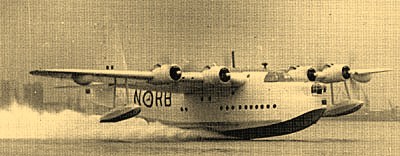
The weather on the homeward leg was even worse and the big Sunderland with its crew of ten rumbled along in the dark stormy night on its lonely flight dodging the menacing water-spouts that had grown in number forcing them hither and dither, while enormous thunderstorms had hit the coast. It was well after dark around 21.30 when they with a sense of elation and relieve eventually saw the welcoming lights of Durban and then turned northwards toward St. Lucia. They flew low level in virtually continuous lightning and hail so typical of a tropical down-pour along the coast line until at last the welcoming sight of the flare path at Lake Umzimgazi beckoned.
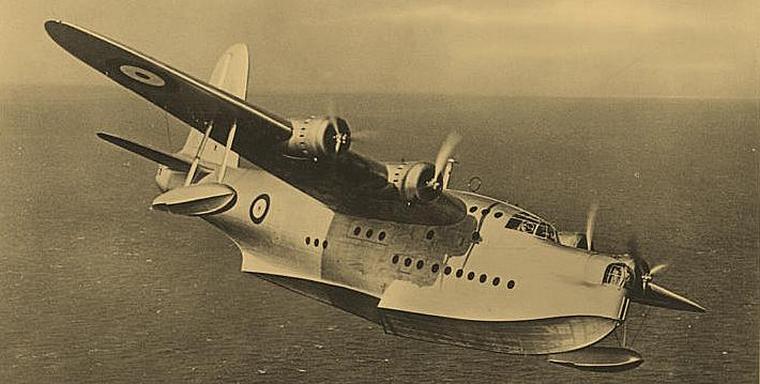
Henry was sitting in the wardroom on the lower deck of the Sunderland with three other off-duty crew members. Looking out through the port holes they could see the flare-path through the rain during the down-wind leg of our landing pattern. The flare-path consisted of Goose-neck paraffin flares mounted on floats anchored in the water. The other two aircraft had meanwhile landed safely, but their crews had to remain on board until they had landed since the seaplane tender could not cross the flare-path for fear of a collision with their aircraft. Frequent and severe lightning strikes illuminated the scene as they turned for finals.
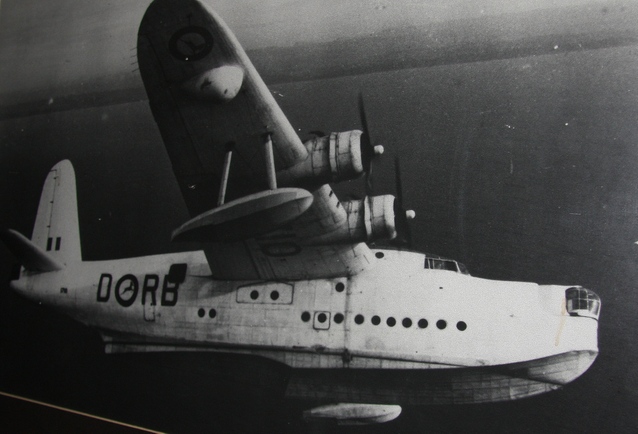
The relieve of finally being almost home must have filled each and every one of the crew and the final approach, if somewhat more bumpy than usual was routine but then at the last moment something terribly went wrong. The Sunderland hit the water, having suddenly dropped some 50 to 60 feet. The impact was so severe that it was flung back into the air many feet before bouncing again heavily. Capt. Naudé decided to abort the landing and opened throttles for a go-round. At what seemed to be an altitude of about 100 feet, the aircraft stalled under full power, crashing into the dark stormy waters in a nose-down attitude. The nose of the aircraft hit the muddy bottom of the lake with such force that it was partly severed from the rest of the fuselage.
Captain Uys was catapulted practically uninjured, through the cockpit windscreen, landing some 200 meters ahead of the aircraft, later to be picked up by the seaplane tender which was on standby to assists with the mooring and evacuation of the crew after the landing. Such was the force of the impact that as the nose section hit the muddy bottom of the crocodile infested lake that Capt. Naudé's safety harness broke and he was flung against the instrument panel, back first causing him severe injuries that were to plague him for the rest of his life. The crew of the tender boat assisted him out of the wreckage. There was chaos on the flight deck with the various members of the crew crashing into bulkheads or their equipment or instrument panels, but miraculously all survived the impact.
In the wardroom it was a different story. Henry was not strapped in, providentially as it turned out, seated at a porthole on the starboard side of the wardroom, facing forward. Next to him, strapped in, also facing forward was navigator Lt. De Wit. The force of the impact sheared the bolts anchoring De Wit's seat catapulting him into Miles Moody who sat also strapped in opposite him, killing both. Roy Albrecht was facing sideways (inwards) seated right up against the forward bulkhead. He had not been strapped in either and being a strong swimmer had simply dived down and, the nose of the aircraft having been destroyed, found himself surfacing next to the partly submerged port wing, from where he was pulled on board having suffered a large number of cuts and bruises.
Henry was flung against the forward bulkhead, losing consciousness. When he came to he was in complete darkness and under water but repeated crash-landing and ditching/evacuation drills, along with experience as a scuba diver came to his rescue. Some air trapped under the floor of the flight-deck above the wardroom allowed him a few precious lung-full's of air before he submersed and found his way to the galley immediately to the rear of the wardroom where he found the short ladder leading through a trap-door to the flight-deck. Again the ditching drills did what they were supposed to, and even in his dazed condition and in the pitch black chaos he was able to locate the tiny Tee-bar latch that opened the trap-door which was fortunately undamaged by the crash. Somehow he managed to open the trap door and was able to make his way onto the submerged flight-deck and to the upper portion of the flight-deck and the clear Perspex astrodome from where navigators have a clear view of the sky above in order to do astronavigation. More air had been trapped in the astrodome affording him a few more much-needed gulps of live saving air.

Henry had no idea of the condition of the forward portion of the fuselage and decided, more by instinct than conscious thought, to make for the machine gun hatches just aft of the trailing edge of the wings. Opening the hatch leading to the weapons deck where all ammunition and depth-charges would normally be stored he found that some of the flame-floats (dropped from the aircraft to determine wind-induced drift at night) had burst and that the surface of the water inside the fuselage was aflame. Surely the containment of the blaze inside the fuselage was providential for had it been burning outside on the surface of the lake, with the fuel tanks possibly having been ruptured the aircraft may well have been set alight. Those crew- members who had survived the crash, all of whom were injured in one way or another, were sitting on the port wing, and a fuel-fire and possibly an explosion of the tanks would most probably have caused a greater loss of life.
Diving below the surface of the flaming water he swam to the port machine gun hatch before surfacing. Looking back today he cannot explain how he managed to do so, as he had sustained substantial back, leg and arm injuries in the crash. Exhausted and in great pain he became near comatose again and not knowing who else had survived in desperation called out: “How do I get out of this wreck?” Miraculously veteran ships radio officer of the Dutch Merchant Navy; Jan Knoll who was twice torpedoed in the Mozambique Canal during WW 2 heard his call above all the mayhem and jumping off the wing where he and the other survivors had found safety came to his rescue. Knoll initially attempted to inflate Henry's life-vest (MayWest) using the CO2 cartridge and when this failed he attempted to inflate the vest by mouth, an exercise in futility as the fabric and inner tube of the vest proved to have been damaged. Fortunately, Knoll's own vest was intact and as a last resort he pulled left the safety of the wing and pulling Henry into the water kept them both afloat.
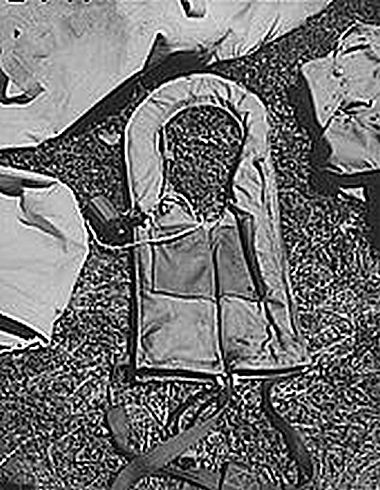
Seeing Henry in the water his fellow crew members on the wing tried to pull him up but fate has not dealt her final hand yet. The unserviceable life-vest had a small hooked lever intended to function as a release for the contents of the CO2 cylinder. Whilst his rescuers exerted themselves trying to haul him onto the wing, no doubt fearing the presence of the crocodiles, this lever steadfastly clung to the trailing edge of the wing and all their efforts were being applied directly to his injured arms and back causing such excruciating pain that he mercifully again lost consciousness.
Coming to he found him self half-sitting, half-lying on a seat at the rear of the seaplane tender. What had brought him around was the rainwater in the bottom of the boat being picked up and flung into his face by the spinning open propeller shaft. The search for more survivors continued for a while and he again passed out. The incredible pain in his back caused him to surface again as he was being carried on the arms of other squadron members from the seaplane tender to the barracks on shore. Morphine was administered and after a few pulls on a cigarette offered by navigator Lt. Chris Mulder, he regained consciousness. The four most seriously injured crew was sent off to the hospital at Empangeni. The journey in the back of a 1947 Ford panel-van ambulance with practically no suspension, during a thunderstorm over washed-away roads was as much a nightmare as the actual crash was. Both Henry's ankles were sprained and dangling off the bottom edge of the stretcher being shaken about wildly. Fortunately, during a short stop his distress was noticed and he was made as comfortable as the cramped ambulance allowed. Nevertheless he, John Naudé, Thys Uys and Roy Albrecht were deposited safely, if not entirely painlessly, at the the hospital at Empangeni. After a week in Hospital they were evacuated by a hospital Dakota via Stanford Hill aerodrome and taken to Addington Hospital in Durban.
“The extent of bruising of my back amazed me. The area from the base of the neck to just below the buttocks was uniformly the colour of Stephen's Blue-Black ink - with a green/yellow sheen showing here and there. Cuts on my neck and scalp required stitching and while my ankles healed completely, my knees have never regained their full strength. Any aspirations of cycle racing I had harboured were soon dispelled. Being young and fit, the 50 odd cuts I had suffered all over my body quickly became only a memory. Reflecting on the subject over a period of many years the only explanation I can offer for the bruising of my back, is that not being strapped-in and having braced my feet against the seat in front of me, I must have somersaulted before hitting the bulkhead of the chain locker ahead of me in the wardroom.” Henry said.
Henry spent another ten years in the SAAF before first joining Beckman Instruments and later G.D. Searle. A life in scientific instrumentation became dull, and after some twelve years he decided to form a company of his own, manufacturing antennas, masts and towers. Flying is still very much his passion and he owned, in turn, a Cherokee 180 and a BeechCraft Travelair twin, spending many delightful hours roaming the skies.
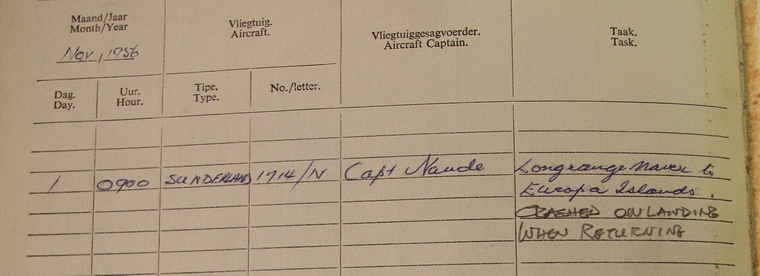
|
         |























